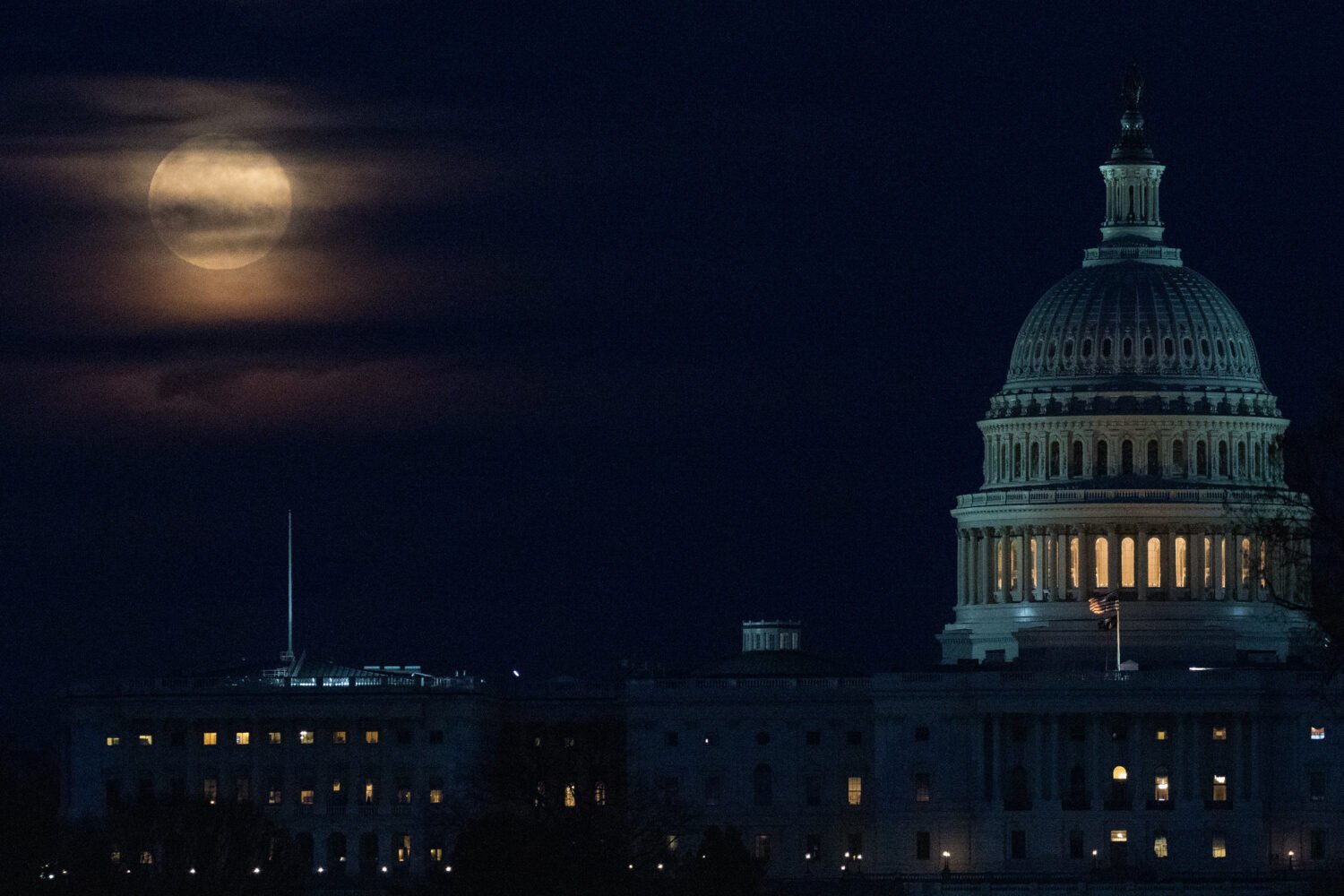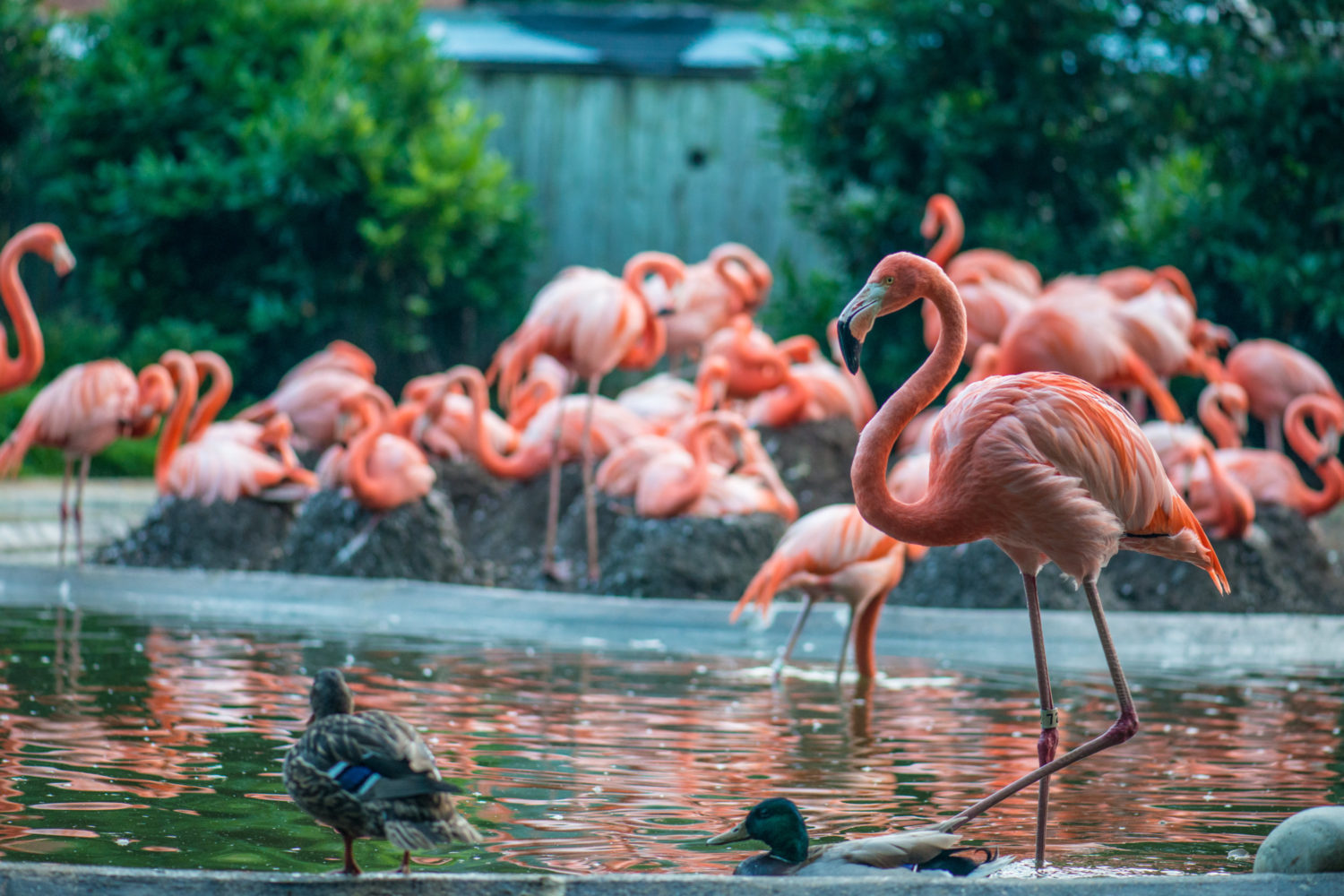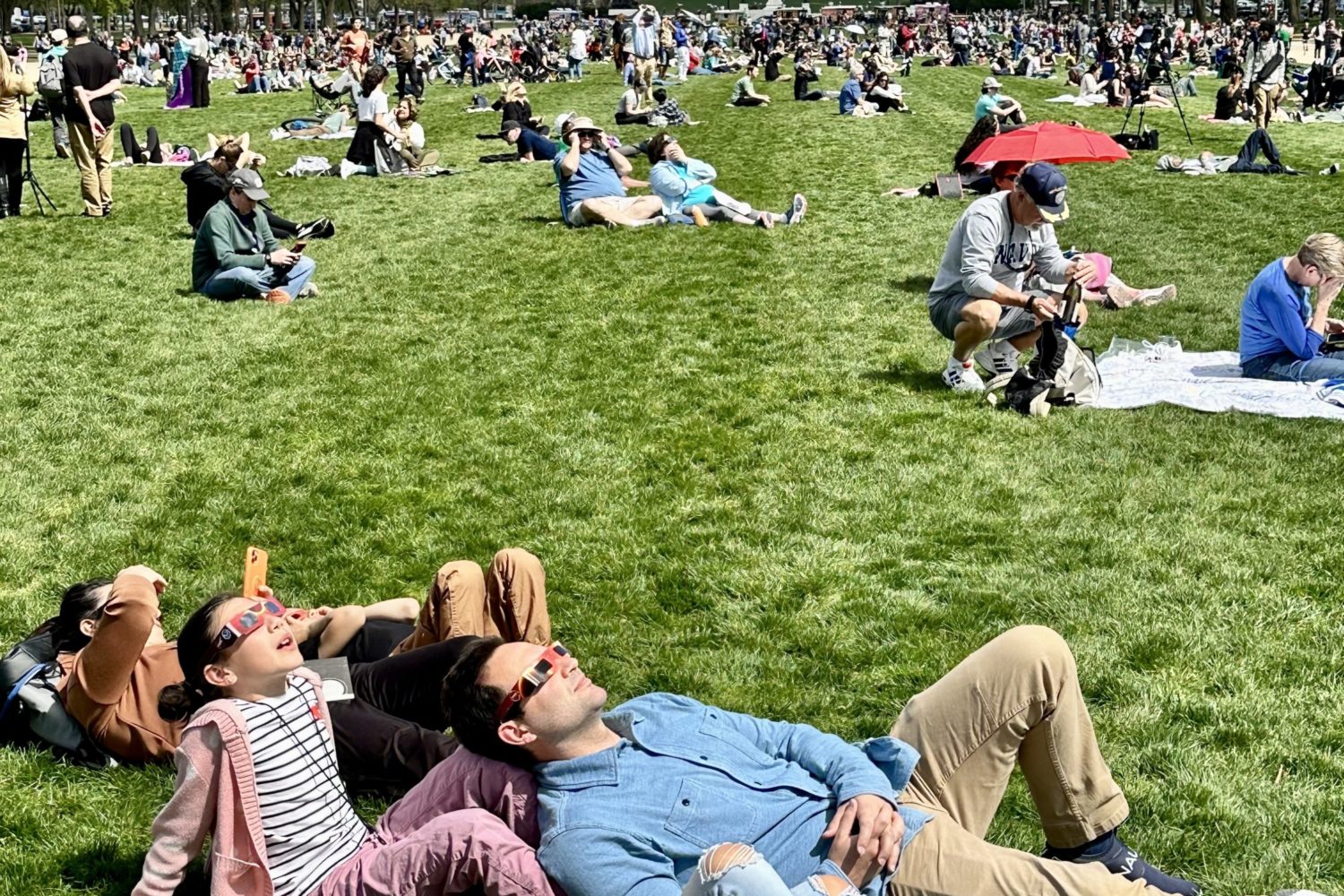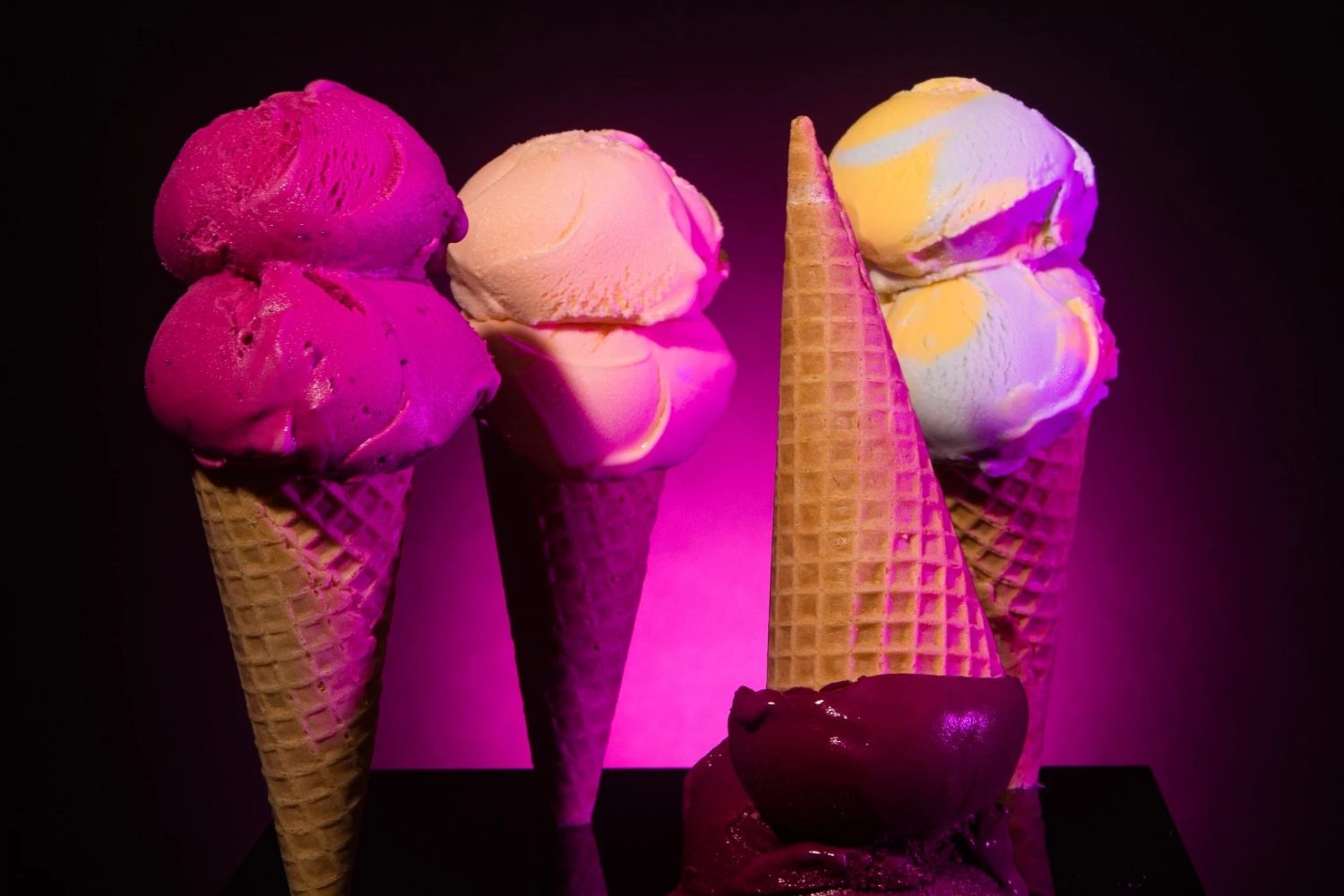In a year of the total solar eclipse and a supermoon just last month, keep an eye out for another supermoon this week. A supermoon will be visible in DC on Tuesday night – along with a partial lunar eclipse.
As the full moon closest to the fall equinox, historically associated with people having more moonlight to harvest crops by, this supermoon is considered the “harvest moon,” according to Shauna Edson, astronomy education specialist at the Smithsonian National Air and Space Museum.
For astronomy lovers and specialists, there’s a lot to love about what’s happening in the sky. Edson says that there are several cool things happening simultaneously with this full moon: “Some of it is astronomical, and some is more about how humans relate to the sky.”
Here’s what you should know about this mega supermoon:
What is a supermoon and a lunar eclipse?
A supermoon is when a full moon happens at the same time that the moon is closest to the Earth in its elliptical orbit (its perigee). Because the moon’s orbit isn’t a perfect circle, sometimes it’s a bit closer to Earth and appears slightly bigger in the sky, Edson says.
This supermoon will be the second of a series of consecutive supermoons; typically three or four can occur in a year. It’ll be larger than last month’s supermoon, according to NASA.
This upcoming one will be larger than the August one — but still smaller than the next one in October. “October 16 will be ever so slightly larger, the ‘supermoon of the year,’ ” says Noah Petro of the NASA Goddard Space Center.
During a lunar eclipse, the sun and moon are on exact opposite sides of the Earth. The Earth’s shadow blocks the moon from view, obscuring it with shadows.
What will it look like?
According to Edson, this is a very slight partial eclipse, with only one small part of the moon being darkened by Earth’s shadow. “It will look like one edge of the moon getting darker, similar to a cookie with a small bite being taken out,” she says.
Petro and Edson also wanted to clarify that this event is not a “blood moon.”
“The red color only appears during a total lunar eclipse, when the moon is completely inside the Earth’s shadow,” she says. “Because this is a partial lunar eclipse, and most of the moon will still be somewhat bright, the red color won’t show up.”
Why is it so significant that these two events are happening at once?
Astronomically, Edson and Petro both said that whenever we have a lunar eclipse it’s during a full moon, and we get partial or total lunar eclipses a couple times a year. But every so often, a lunar eclipse will coincide with a supermoon, as is happening this week, so it will appear slightly bigger while we’re all watching the shadow move across the moon.
“Ultimately, it’s just a fun overlap of two different astronomical cycles, one relating to the moon’s orbit and one relating to its alignment with the sun,” Edson says. “Watching an eclipse can add to the excitement, and knowing that it will appear slightly bigger is even cooler. Realistically, it’s hard to see much difference in the size of the moon compared to an average full moon, but humans are very good at perceiving what we expect to see.”
When can we see it in DC?
You can catch the supermoon starting on Tuesday, September 17, into the wee hours of Wednesday, September 18. According to NASA, penumbral eclipse – when the moon starts to pass through the softer part of the Earth’s shadow – begins at 8:41 PM on Tuesday.
“When the darker, sharper part of the Earth’s shadow starts to cover the edge of the moon, that’s when you really start to see the ‘cookie bite’ effect,” Edson says.
That effect is when we reach the partial eclipse stage, which will be at 10:12 PM. Maximum eclipse will be at 10:44 PM, though just a little bit of the moon’s edge will be darkened. Only the top 8 percent of the moon will be in full shadow. It’ll finish exiting the full shadow at 11:15 PM, with partial shadow visible until Wednesday morning at 12:47 AM.
For how long will the supermoon be visible?
According to Petro, the supermoon will be visible on the day before, the day of, and the day after the full moon. A supermoon, says Edson, looks bigger because it’s closer to the Earth. “But the effect,” she admits, “is pretty subtle.”
Edson also notes that it’s much more noticeable when the moon is near the horizon, rising or setting, than when it’s up high in the sky. That’s its own whole phenomenon, called the “moon illusion,” which is still not fully understood.
What’s the weather forecast for that night? Will we be able to see this supermoon?
Tuesday night is looking rainy and cloudy in DC, according to Weather.com. If it’s completely overcast, we probably will not be able to see the moon at all.
“You might notice a bit of its glow behind some of the thinner clouds—if you’re lucky, but you probably won’t see its shape at all. I believe we’re getting the remnants of some storms this week, so the forecast doesn’t look great for DC,” Edson says.
Edson is personally looking forward to the total lunar eclipse that will be visible from DC on March 13 and 14 of next year, which she says will be a much more dramatic visual spectacle.
And again, if it’s cloudy, “don’t despair,” Petro says, since the next full moon on October 16 will be “superest” of the supermoons.
“But don’t ignore that there’s a supermoon coming up,” he says. “Go out and look at it; it’s beautiful, it’s clear, the eclipse is happening, and it’ll be spectacular. I hope people take these opportunities to look at the moon every chance you get, eclipse, supermoon, or not.”



















